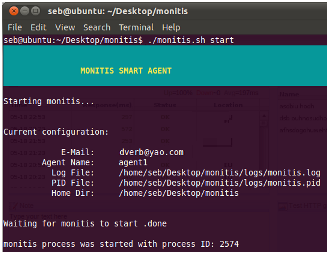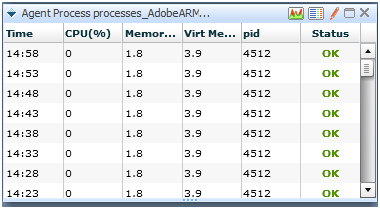by Mikayel Vardanyan | May 22, 2011
monitor.us recently launched something that we think is truly groundbreaking: Free Internal Server and Network Monitoring. Now users of monitor.us, the free web server monitoring service, can download our internal agents onto Windows and Linux servers and monitor CPU, Memory, Disk, Load Average, MySQL, Processes, HTTP, Ping, and even SNMP, for free. Your server could be anywhere in the world and even behind firewalls.
Best of all, since we are a hosted service, all the performance data gets pushed to our cloud and you can access/manage it from anywhere. We hope sysadmins, webmasters, and devops will enjoy a free monitoring service that’s typically very time consuming to setup and maintain.
Here’s how to get started on a Linux machine. The whole process should take no more than 10 minutes. Skilled sysadmins can finish setup in 3 min.
Linux Monitoring Agent Setup Step by Step

This is the Internal Monitoring Wizard. Select the proper Linux agent on the right. This will download paid-monitor.tar.gz agent file.





And here’s a Process monitor. It shows the CPU, Memory and Virtual Memory being used by a process. This widget is currently in tabular view, but graphical view is also available at the top right.

Lastly, here’s a Load Average monitor showing load average on my Linux server at 1min., 5min., and 15min. resolutions.
That is it! It should take 5-10 mins to setup and it is much more cheaper and robust than having server in house. A huge advantage is that if we lose connection with your agent because your network or server goes dark, you will still get an alert!

The free internal monitors will do a check every 30 minutes, and there is currently no limit on how many you can add.
Sign Up Now and enjoy free server monitoring!
You can also check our video tutorial:
https://www.youtube.com/watch?v=xOKpfh4GZjw&feature=player_embedded
Category: Move to Paid Monitor | Tagged No Comments.








